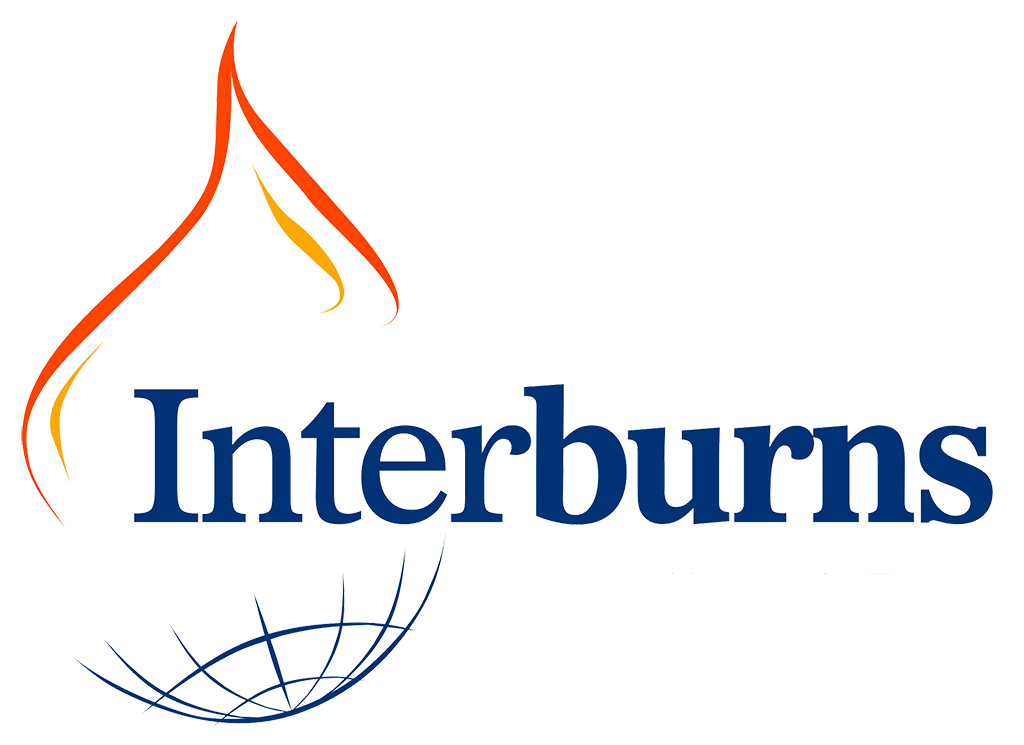Digital assessment tool launched
We are delighted to launch the digital Delivery Assessment Tool (DAT), which is freely available at www.DAT4Burns.org, for burn units to self assess their service against the Operational Standards for Burn Care in Low Resource Settings.
Running a DAT discussion group is the first step towards quality improvement in burn care as part of Interburns’ comprehensive, integrated approach.
Since 2014 the DAT has been developed, improved and used by burn teams in over 35 hospitals including in Afghanistan, Bangladesh, Ethiopia, Ghana, India, Malawi, the occupied Palestinian Territories (oPT), Nepal, and South Africa. DAT v4 was launched in 2019.
With the support of the National Institute of Health Research (NIHR) and Interplast (Australia and New Zealand), we have now developed a digital version so that more burn units can access this vital resource to understand strengths, weaknesses and gaps as part of quality improvement in burn care.
The DAT entails a facilitated group discussion that lasts for around 1.5 - 3 hours, typically led by a team of 3 (at least one burn clinician): a discussion facilitator, a note-taker and observer. The focus group includes the multi-disciplinary team (surgeon, nurses, physiotherapist, dietician and administrator) to support the multidisciplinary approach. The group discuss 10 key service areas, broken down into sub service areas and weighted for relative importance to the delivery of good quality burn care. These areas are:
1. Policies and Procedures
2. Burn Service Activities
3. Burn Care team
4. Surgery
5. Assessment and Nursing Care
6. Treatment
7. Rehabilitation
8. Patient Support
9. Data and Outcomes
10. Equipment and Facilities
Each area is broken down into sub sections with a specific service receiving a score out of 10 based on how staff perceive and agree upon the level of achievement in that area. Typically, the DAT is used to demonstrate improvements in:
the overall score
and at least one priority area.
See below for development of the DAT over time:
V1. 2013: Developed from internationally agreed Standards, traffic light system for scoring.
V2. 2014: Two additional sections: Data and Outcomes; Equipment and Facilities.
V3. 2016: The 4-point scoring system was not able to capture incremental change; scoring for each sub-section changed to a 10-point scale.
V4. 2018: Revisions to the guidance notes help broaden the number of staff involved; revision to standardise the scoring system for independent use, with improvements in clarity and to make guidance more user-friendly.
V4+. 2021: Web-based application including user friendly toolkit and a dedicated space for hospitals to create annual scorecards.
We would like to thanks all the staff and hospitals who have worked with us to develop this tool, as well as the following funders for their support:
DFID Global Poverty Action Fund, Innovation Window. GPAF-INN-034 'Improving outcomes for 10,000 burn patients in Bangladesh and Nepal’ (2013-2016)
DFID Aid Direct, Community Partnerships Window. UKAD-INN-079 'Reducing mortality and morbidity from burn injuries by transforming national programmes of burn care and prevention in Bangladesh and Nepal’ (2016-2019)
DFID Small Charities Challenge Fund. 'Implementing a comprehensive national strategy for burn care and prevention in Ethiopia' (2018-2020).
Wales for Africa grant: 'Improving national burn care and prevention in Ghana' (in partnership with Korle-Bu Teaching Hospital, Accra) (2015-2016)
Interplast Australia and New Zealand. ‘Digital Protoype of the Delivery Assessment Tool (DAT)’ (2020).
The National Institute for Health Research (NIHR), NIHR Global Health Research Group on Burn Trauma (2018-2021).
Finally, thanks to Jason Dessington of Custom Web, South Africa for his vision and persistence in helping us to develop this important tool.
